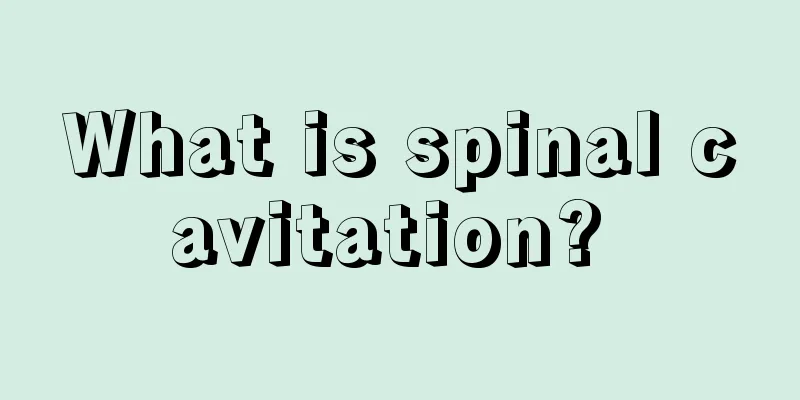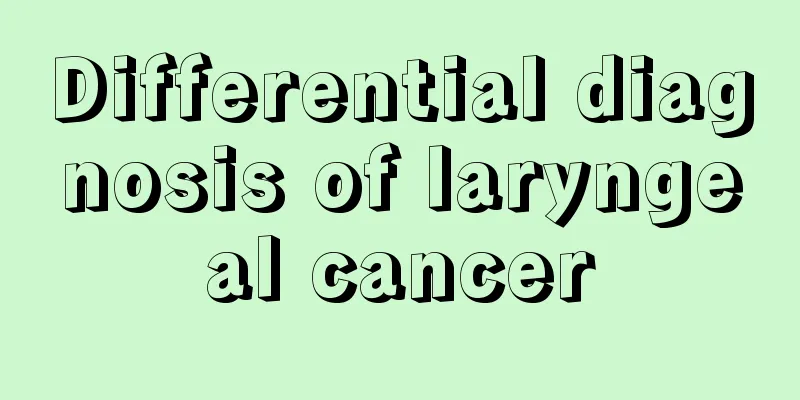What is spinal cavitation?

|
The health of the spine affects every nerve in the human body, because the spine is the most important bone tissue in the human body. Inside the spine is the spinal cord, which is the central nervous system that controls the entire body and is vital to all of a person's senses and actions. However, spinal diseases are also very common and have a great impact on people's lives. Let's take a look at what spinal cavitation is. Syringomyelia is a chronic, progressive disease of the spinal cord. The cause is not very clear, and the pathological characteristics are the formation of tubular cavities and proliferation of glial cells (non-neuronal cells) in the spinal cord (mainly gray matter). It often occurs in the cervical spinal cord. When the lesion involves the medulla oblongata, it is called syringobulbaria. Clinical manifestations The age of onset is 31 to 50 years old. It is rare in children and the elderly. It is more common in males than in females. There is a family history. The clinical manifestations of syringomyelia have three aspects. The degree of symptoms is closely related to the early or late development of the cavity. Generally, the course of the disease progresses slowly. The early symptoms are mostly segmental, first affecting the upper limbs. When the cavity further expands, the gray matter in the medullary and the white matter conduction bundles outside are also affected, and conduction bundle dysfunction occurs below the cavity. Therefore, the symptoms of early patients are relatively limited and mild, while the symptoms in the late stage are widespread and even paraplegia may occur. 1. Sensory symptoms Depending on whether the cavity is located in the cervical and upper thoracic segments of the spinal cord, biased to one side or in the center, segmental sensory disturbances occur in the unilateral upper limbs and upper thoracic segments, often characterized by segmental dissociated sensory disturbances, with decreased or absent pain and temperature sensations, but deep sensations. This symptom may also be bilateral. 2. Motor symptoms The cervical and thoracic syrinx affects the anterior horn of the spinal cord, causing symptoms of flaccid partial paralysis of one or both upper limbs, manifested as muscle weakness and decreased muscle tone, especially the thenar muscles of both hands. Atrophy of the interosseous muscles is most obvious. In severe cases, claw hand deformity occurs. When the descending roots of the trigeminal nerve are affected, central pain and thermal sensation disorders often occur on the same side of the face. Dissociated sensory loss of the face forms the so-called "onion-like distribution", accompanied by weak chewing muscles. If the vestibulocerebellar conduction bundle is affected, dizziness, nausea, vomiting, unsteady gait and nystagmus may occur. Upper motor partial paralysis, hypertonia, disappearance of abdominal wall reflexes and positive Babinski sign occur on one or both lower limbs. In late cases, paralysis is often aggravated. |
<<: What should I do if my spinal herniation compresses my nerves?
>>: What is the difference between the spine and the vertebrae?
Recommend
How to restore bulging eyes due to myopia
Whether for teenagers who are in the learning sta...
What are the precautions when using a compression cuff?
There must be many people who don’t know about th...
Why do lips become thicker
Lips are a relatively important organ in the huma...
How long does it take to completely cure fibroids?
How long does it take for fibroids to be complete...
Does soaking wolfberry in wine and rubbing it on your legs really work?
Wolfberry is very common in our daily life. Many ...
What are the specific examination methods for liver cancer? Introduction to the methods of ultrasound examination for liver cancer
Regarding the method of ultrasound examination, t...
What are the symptoms of mid-stage brain cancer?
What are the symptoms of mid-stage brain cancer? ...
What is squeezed out of acne
Acne can be said to be the most common skin probl...
Can I have a tooth extracted if I have tooth decay and toothache?
Tooth decay is a very common dental disease, whic...
There are white spots on the inside of the palm
The white spots on the palm of your hand are usua...
How to use a wine dispenser?
Nowadays, many people like to drink foreign liquo...
Can mid- to late-stage small cell lung cancer be cured?
Can mid- to late-stage small cell lung cancer be ...
Should I wear underwear when sleeping
Don't wear underwear when sleeping, otherwise...
Early symptoms of endometrial cancer
Endometrial cancer is a group of epithelial malig...
How many days of maternity leave are added for caesarean section?
For women, pregnancy and childbirth is a long and...









